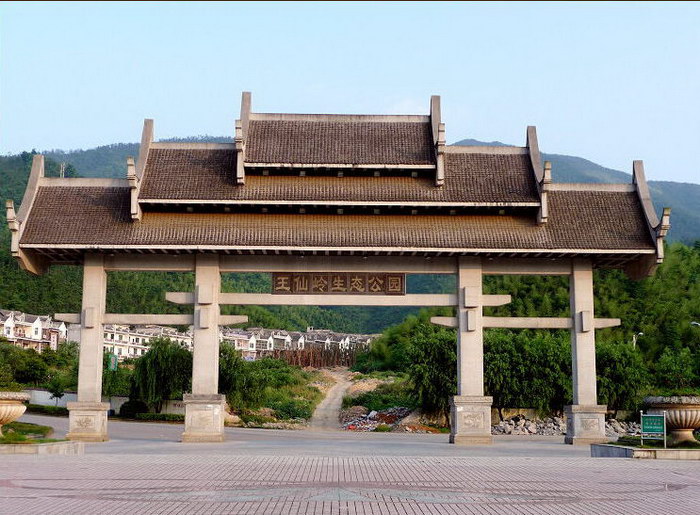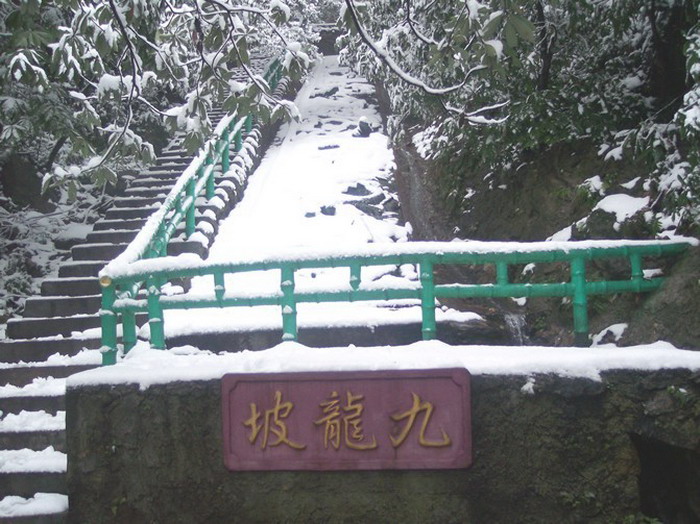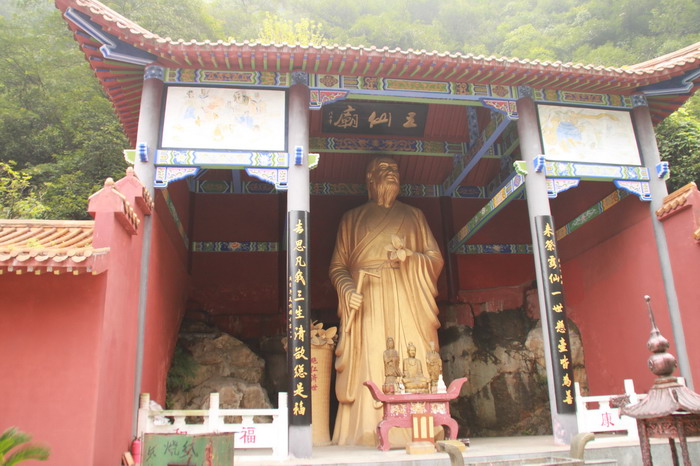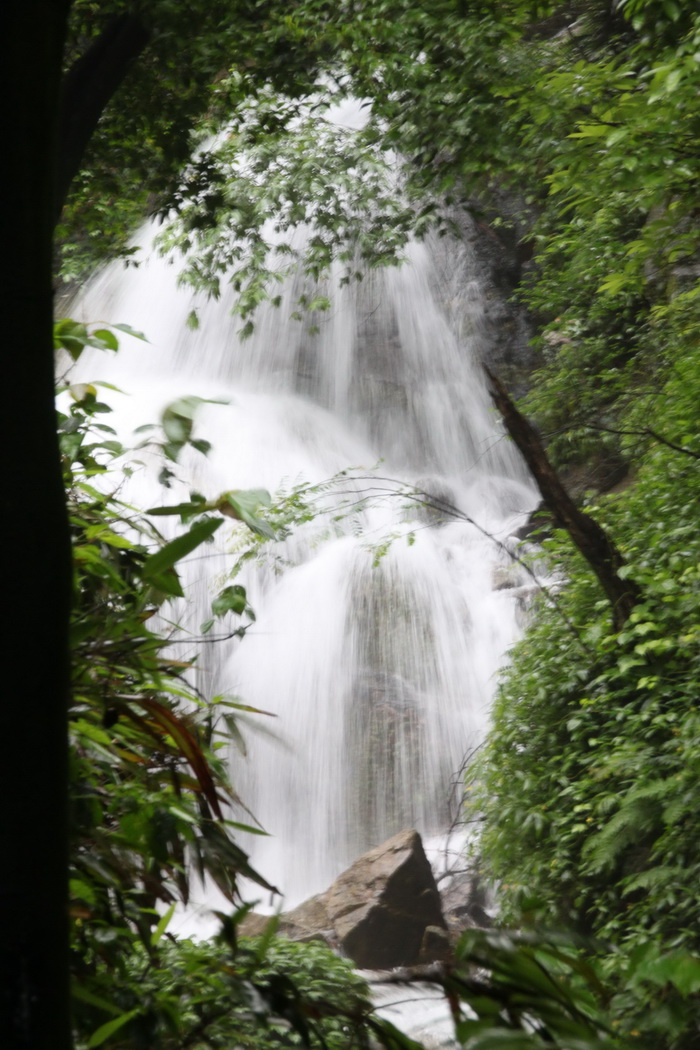The Brief Introduction of Wangxianling

The Brief Introduction of Wangxianling
Wangxianling scenic spot is located in the east area of Chenzhou city, Hunan province. The memorial archway of the scenic spot is set near Chenzhou Avenue where is just 0.5kms away from the Chenzhou entrance of Jingzhu expressway, 8kms away from Chenzhou Xi station of Chenzhou high speed station, and 7kms away from Chenzhou railway station. It is a key area for Chenzhou urban area’s development strategy of “expansion of south and south area” The whole scenic spot covers over 20 kilometers and is about 280-1000meters higher than sea level. Its forestry coverage is 96.3% which grants it with sound ecological condition and abundant wildlife resources, such as red deer, wild boar, muntjac, tufted deer, green sheep, zibet, rasse, raccoon dog, leopard, cat, and other 130 species of wild animals and southern taxus chinensis, millennium pomelo, dandruff comb, and other 380 species of plants. According to history, Wangxianling was ever called Huangxiang mountain, Wangxiang mountain, Xiangshan mountain, and etc. There is also a butterfly valley that thousands of butterflies gathered in the valley at the end of spring and the beginning of summer. When butterflies take rest in the trees, all of which look like flower trees. It is one of the best sceneries of the scenic spot.
1. Historical figures
According to the history, during the reign of Tang Xuanzong(from AD847-860), Wang Xiang who was from Chenzhou settled down in Huangxiang mountain and cured many people with his medicine skills. Wang was buried in Huangxiang mountain. In order to memorize him, local people changed the name of the mountain to be Wangxiang mountain. Wang Xi who was the son of Wang Xiang followed his father’s behaviors and was taught with magic skills by an unusual person. It was said that when Wang Xi picked up the herbs in mountain, the vipers and tigers accompanied with Xi as the guard, but would disappear when encountered with other people. In one year, when Wang Xi arrived at Changsha by order of an officer, he encountered with pestilence there. Wang treated local people with his medicines and cured a lot of people there. Changsha people honored Wang Xi as the rebirth of Bianque- one of most famous doctors in Chinese history and served him as a God. When Wang came back to Chenzhou, he also settled down in Huangxiang mountain and cured thousands of people with his medicine. On August 1,871- the 12th reign of Xiantong of Tang Yizong, Wang Xi drank the sweet dew of his bamboo forest and did not need cook food from then on. Because of this situation, people named Wang as Dew Immortal and built a dew immortal pavilion and a platform in the mountain. In order to memorize Wang Xi, Luxian Taoist temple and Wangxian Taoist temple were built in southwest of Chenzhou city. Wangxi was listed as one of “nine immortals, 2 Buddhas and 2 Gods” of Chenzhou. Wangxiang mountain was also changed as Wangxianling.
2. Traffic and geography
Wangxianling scenic spot is located in the east area of Chenzhou city, Hunan province. The memorial archway of the scenic spot is set near Chenzhou Avenue where is just 0.5kms away from the Chenzhou entrance of Jingzhu expressway, 8kms away from Chenzhou Xi station of Chenzhou high speed station, and 7kms away from Chenzhou railway station. It is a key area for Chenzhou urban area’s development strategy of “expansion of south and south area” The whole scenic spot covers over 20 kilometers and is about 280-1000meters higher than sea level. Its forestry coverage is 96.3% which grants it with sound ecological condition and abundant wildlife resources.
The public bus lines of Line13, 21, 22, 27, 33, and 36, and inter-city public bus line of 201 are available to be Wangxianling ecological park stop. Then the visitors just need to walk 400meters eastward to arrive at Wangxianling scenic spot.
3. Landscape feature
Wangxianling scenic spot is with sound ecological condition and abundant wildlife resources, such as red deer, wild boar, muntjac, tufted deer, green sheep, zibet, rasse, raccoon dog, leopard, cat, and other 130 species of wild animals and southern taxus chinensis, millennium pomelo, dandruff comb, and other 380 species of plants. According to history, Wangxianling was ever called Huangxiang mountain, Wangxiang mountain, Xiangshan mountain, and etc. There is also a butterfly valley that thousands of butterflies gathered in the valley at the end of spring and the beginning of summer. When butterflies take rest in the trees, all of which look like flower trees. It is one of the best sceneries of the scenic spot.








